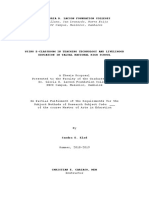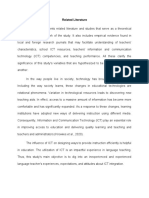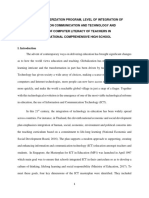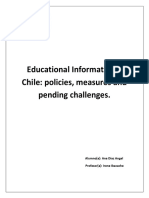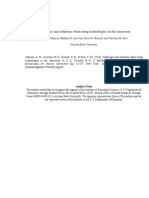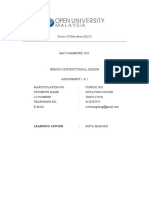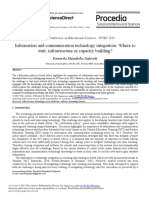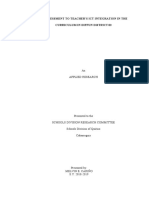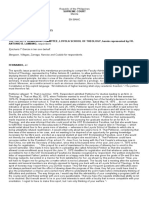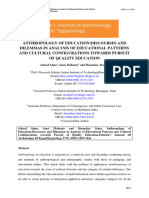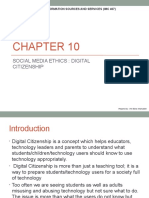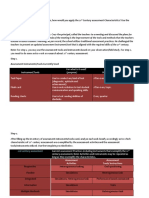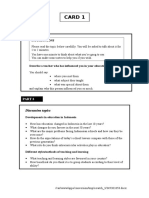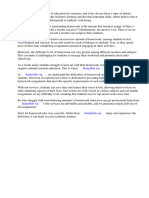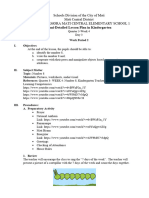0% found this document useful (0 votes)
39 views8 pagesIct Integration
The document discusses the transformative impact of Information and Communications Technology (ICT) on education, particularly in multigrade classrooms where teachers face unique challenges. It emphasizes the importance of teachers' knowledge and skills in integrating ICT effectively to enhance learning outcomes, while also highlighting the need for support and resources to overcome barriers. The study aims to explore teachers' experiences with ICT integration and how their skills can be improved in this context.
Uploaded by
jessica encilaCopyright
© © All Rights Reserved
We take content rights seriously. If you suspect this is your content, claim it here.
Available Formats
Download as DOCX, PDF, TXT or read online on Scribd
0% found this document useful (0 votes)
39 views8 pagesIct Integration
The document discusses the transformative impact of Information and Communications Technology (ICT) on education, particularly in multigrade classrooms where teachers face unique challenges. It emphasizes the importance of teachers' knowledge and skills in integrating ICT effectively to enhance learning outcomes, while also highlighting the need for support and resources to overcome barriers. The study aims to explore teachers' experiences with ICT integration and how their skills can be improved in this context.
Uploaded by
jessica encilaCopyright
© © All Rights Reserved
We take content rights seriously. If you suspect this is your content, claim it here.
Available Formats
Download as DOCX, PDF, TXT or read online on Scribd
/ 8





